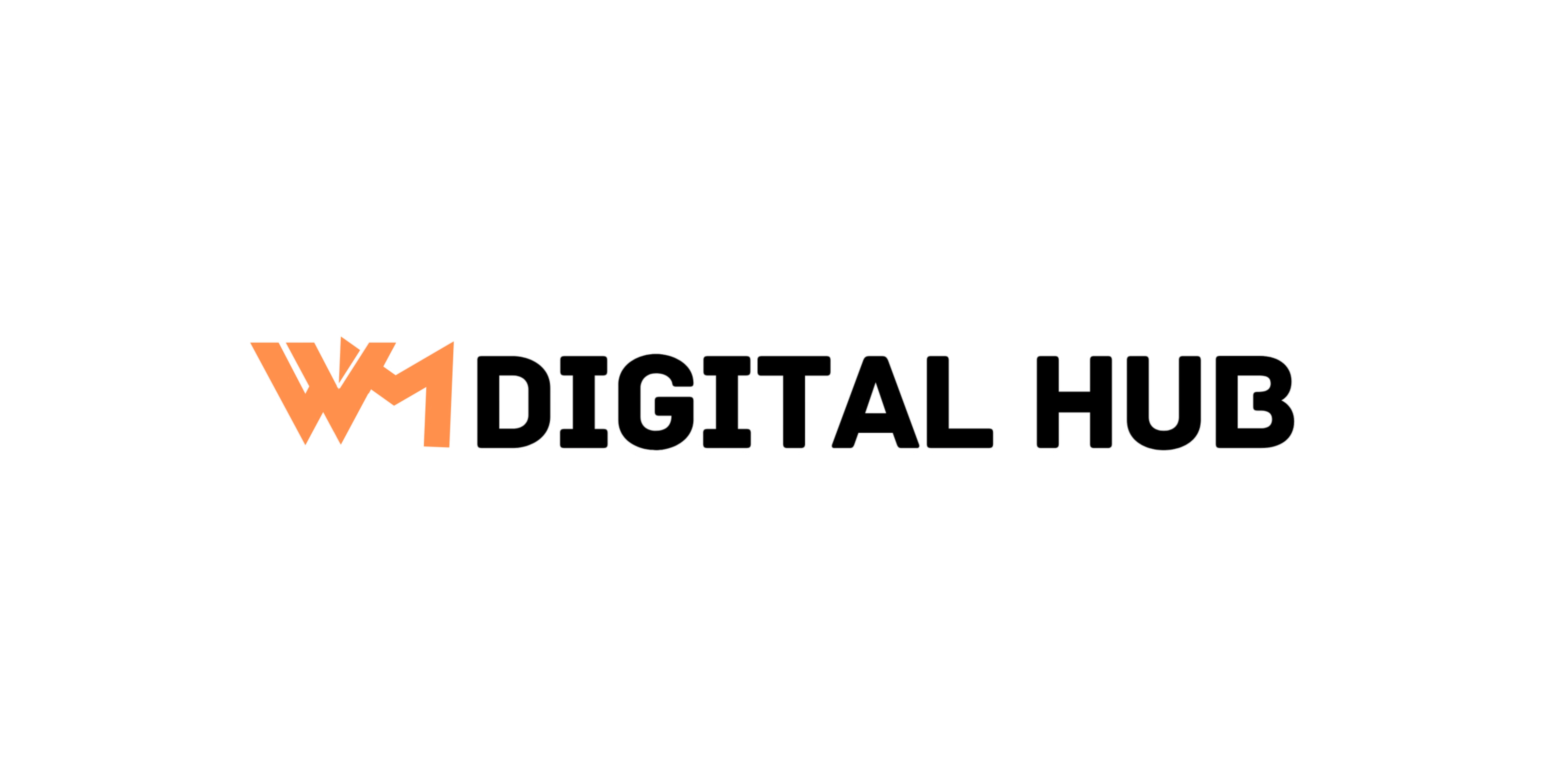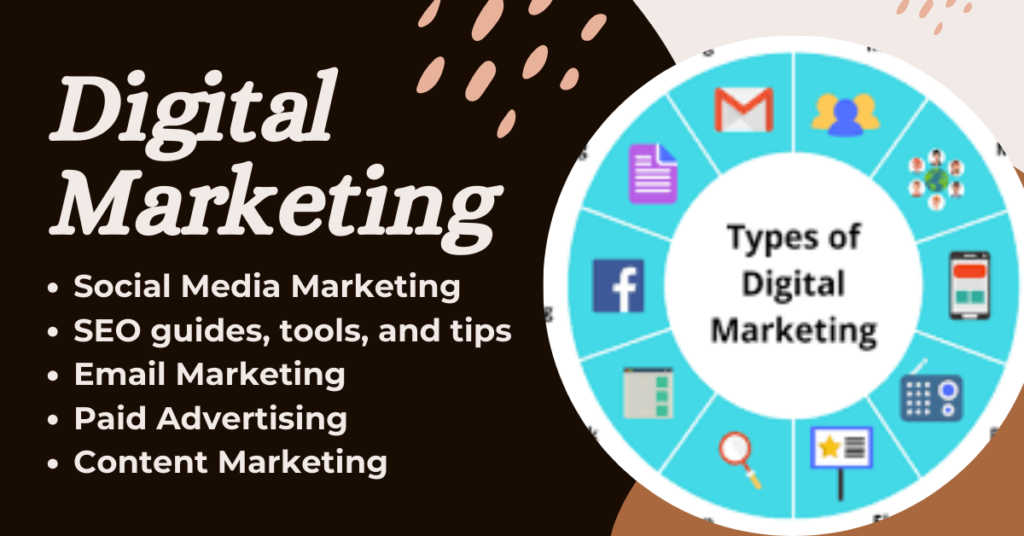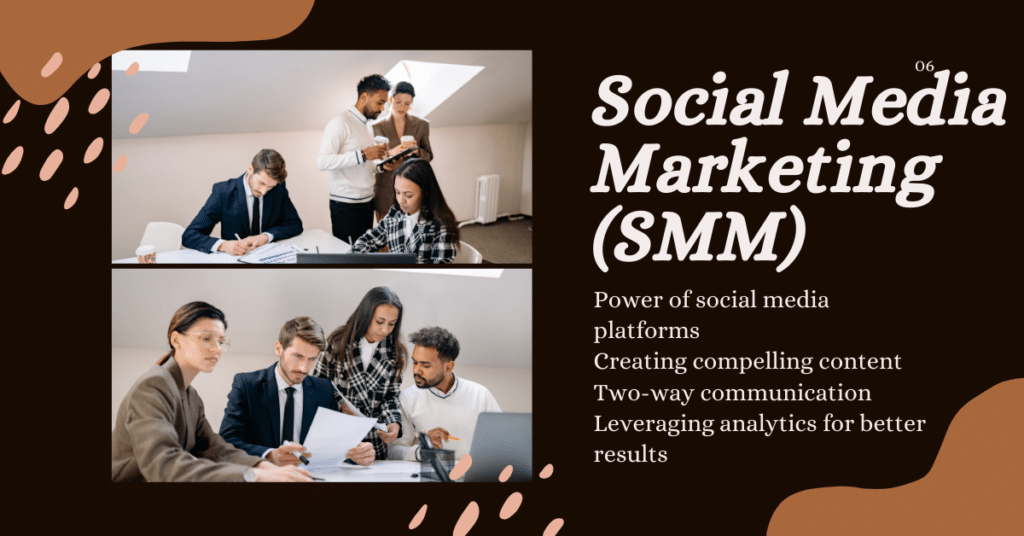In today’s digital world, online visibility is more than just a buzzword—it’s the lifeline of every business, content creator, and entrepreneur trying to make their mark. With billions of searches happening on Google every single day, getting your website seen by the right people at the right time can make or break your success.
But here’s the catch: How do you get noticed in such a crowded space? That’s where two powerful strategies come into play—SEO and SEM.
You’ve probably heard both terms tossed around in marketing circles, and they might even sound similar at first. But while they both aim to improve your visibility on search engines, they work in very different ways. If you’re wondering whether to focus on SEO (Search Engine Optimisation), SEM (Search Engine Marketing), or both, this guide will help you find the right direction.
This article will break down the real meaning behind SEO vs SEM, their key differences, strengths, weaknesses, and which strategy makes the most sense based on your goals, budget, and timeline.
By the end of this guide, you’ll have a clear understanding of:
- What SEO and SEM actually involve (no jargon, promise!)
- When to use one over the other
- How to combine both for maximum results
Let’s get started!
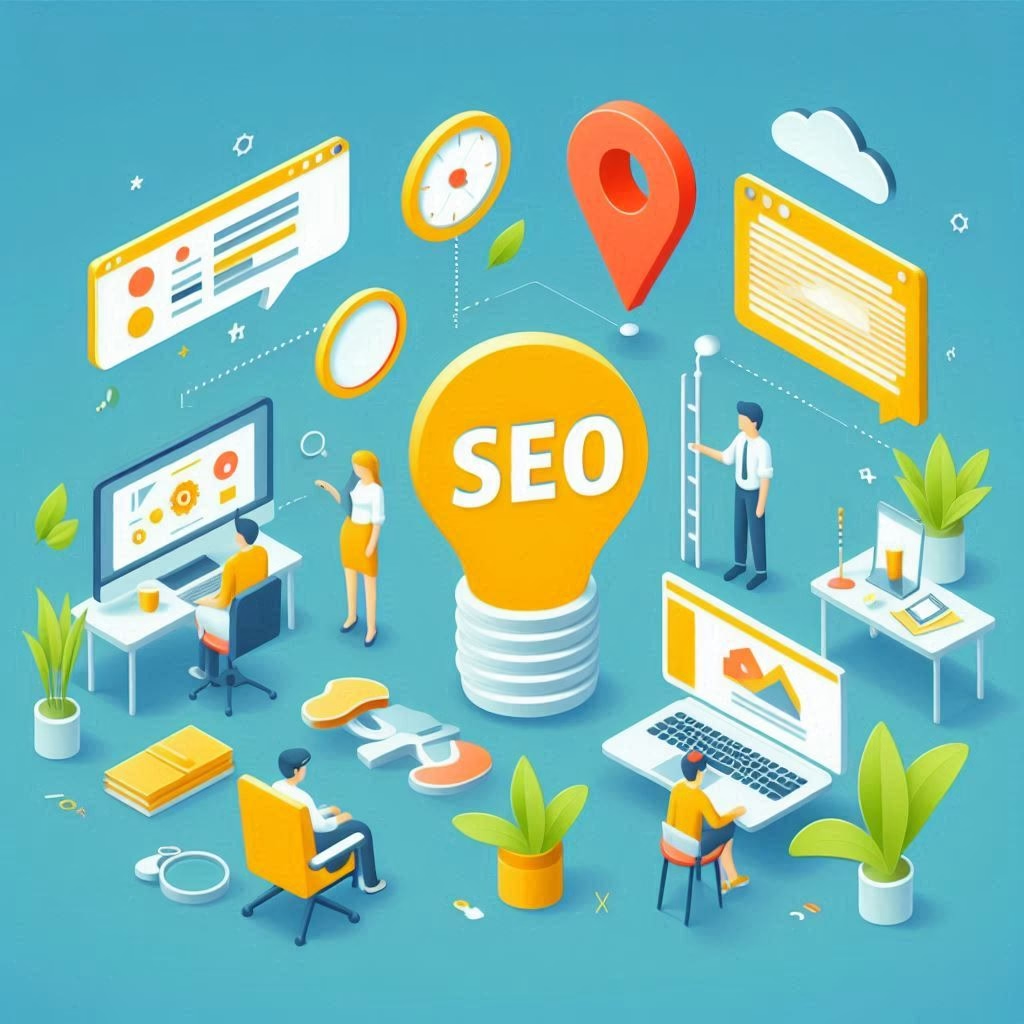
What is SEO? (Search Engine Optimisation)
Imagine you’ve written a helpful blog post or launched a fantastic product, but nobody sees it, because it’s buried on page 10 of Google search results. That’s where SEO steps in as your silent yet powerful partner.
Definition – What Exactly is SEO?
Search Engine Optimization (SEO) is the process of optimising your website so that it appears higher in organic (unpaid) search engine results. The goal is simple: get your content in front of the right people without paying for ads. It’s all about making your site more attractive and relevant to search engines like Google, Bing, or Yahoo.
But SEO isn’t just about adding keywords—it’s a complete strategy focused on user experience, content quality, technical health, and authority.
Types of SEO (The 3 Pillars)
To truly understand SEO, let’s break it down into three key areas:
1. On-Page SEO
This involves everything you control on your actual web pages. It includes:
- Relevant and high-quality content
- Natural use of keywords (like SEO vs SEM in this article)
- Headings, subheadings, and formatting
- Internal linking and meta descriptions
- Image optimisation and user-friendly URLS
Basically, it’s about making each page as helpful, clear, and readable as possible—for both users and search engines.
2. Off-Page SEO
This is everything that happens outside your website to improve its credibility, such as:
- Backlinks from reputable sites
- Social media signals
- Brand mentions and reviews
Search engines see backlinks like votes of trust. The more trustworthy sites link to your content, the more Google trusts you too.
3. Technical SEO
This part ensures that search engines can crawl, understand, and index your site properly. It includes:
- Mobile-friendliness
- Fast loading speed
- Secure (HTTPS) connection
- Clean site architecture and XML sitemaps
Even the best content won’t rank if your site is slow, broken, or hard to navigate.
Pros of SEO
- Cost-effective: You don’t pay for clicks or impressions
- Long-term value: Once ranked, a page can bring in traffic for months or years
- Builds authority: Helpful content improves your brand reputation
- Great for evergreen content: Ideal for blog posts, guides, and tutorials
Cons of SEO
- Takes time: SEO is a long game, often taking 3-6 months to see real results
- Constant updates: Google’s algorithm changes can impact rankings
- Competitive: High-demand keywords are hard to rank for without strong domain authority
How Long Does SEO Take?
One of the biggest challenges with SEO is patience. It’s not a quick fix—it’s a strategy that compounds over time. A well-optimised blog post targeting a keyword like SEO vs SEM may take a few months to rank on the first page, especially if your site is new. But once it gets there, it can consistently drive free traffic to your site without spending a dime.
Why SEO Matters
If your goal is long-term visibility, brand trust, and sustainable traffic, SEO is a must-have. It’s like planting a tree: slow at first, but it grows stronger with time—and eventually bears fruit.
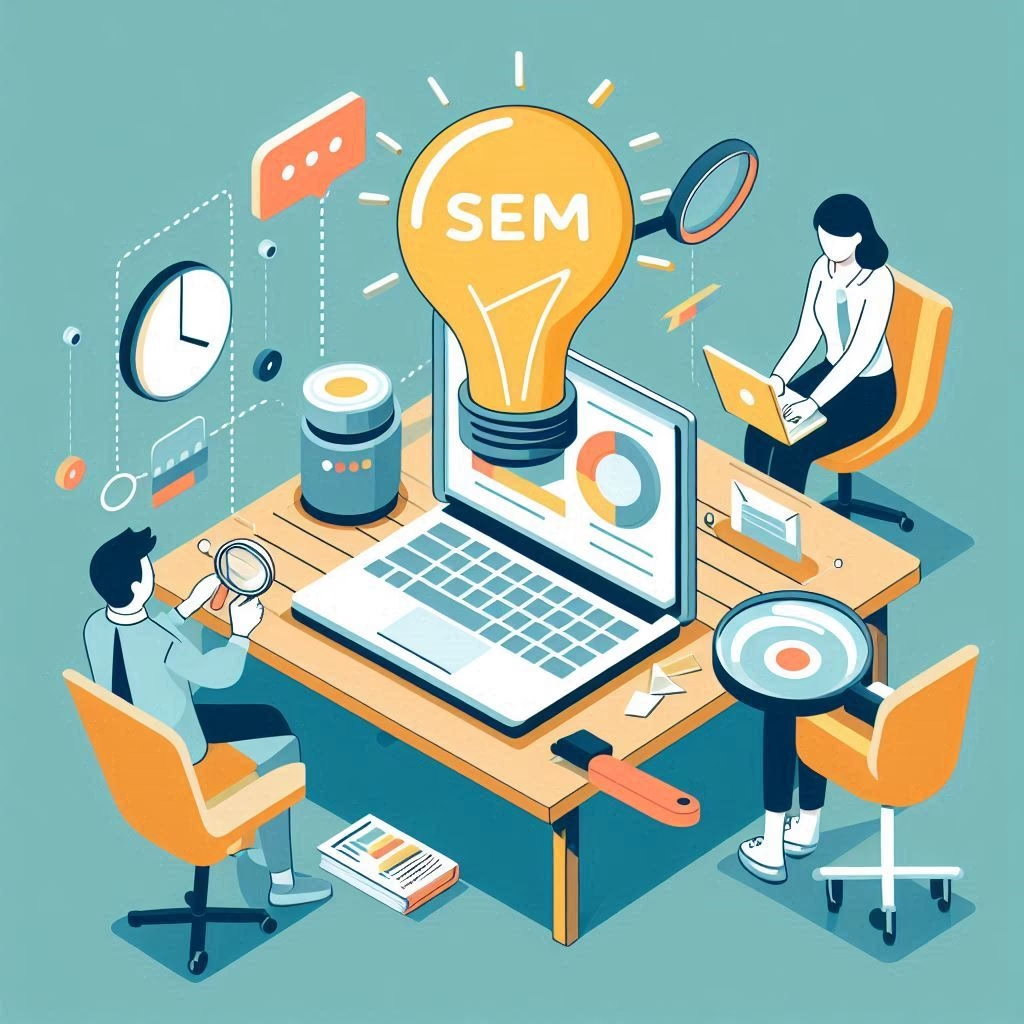
What is SEM? (Search Engine Marketing)
While SEO is like growing a tree—slow but rewarding—SEM is like renting a billboard in the middle of a busy city. You get visibility instantly. But as soon as you stop paying, your ad disappears.
Definition – What Does SEM Actually Mean?
Search Engine Marketing (SEM) is a digital marketing strategy where you pay to show your website at the top of search engine results. These are often labeled as “Sponsored” or “Ad” results. Unlike SEO, which earns you a spot organically, SEM buys you visibility.
The most common form of SEM is PPC (Pay-Per-Click) advertising, especially through platforms like Google Ads and Bing Ads. You create an ad, select the keywords you want to target (e.g., “best online course for freelancers”), and bid for a top position. You only pay when someone clicks your ad.
How SEM Works (In Simple Words)
Let’s say you run a digital marketing course website. You create a Google ad targeting keywords like “learn digital marketing fast.” Here’s what happens:
- You set a budget – e.g., $10/day
- Choose keywords – terms your audience might search
- Write an ad – catchy headline, description, and link
- Bid against competitors – higher bid + quality ad = better placement
- Launch your campaign – your ad shows up in top results
- You pay only if someone clicks – hence, “Pay-Per-Click”
So essentially, SEM is all about paid visibility, precision targeting, and driving immediate traffic to your offer, product, or service.
Core Components of SEM
1. PPC Advertising
Pay-per-click ads that show up in search engine results. Most popular platforms:
- Google Ads (Search & Display)
- Microsoft Ads (Bing)
- YouTube Ads (also powered by Google)
2. Keyword Targeting
You choose which search terms trigger your ad. These can be:
- Broad match (loose targeting)
- Phrase match (contains exact phrase)
- Exact match (very specific targeting)
3. Ad Copy and Creative
You design engaging headlines and descriptions to grab attention. You can also use:
- Ad extensions (call buttons, reviews, links)
- Visual display banners (on Google Display Network)
4. Bidding and Budget
You control how much you spend:
- Daily budget
- Max cost-per-click (CPC)
- Automated vs manual bidding
5. Landing Page Optimization
Where your ad sends the visitor. It should:
- Match the ad’s promise
- Be mobile-friendly
- Load fast
- Include a strong CTA (Call-to-Action)
Pros of SEM
- Instant results: Get traffic from day one
- Highly targeted: Reach people actively searching for what you offer
- Scalable: Start with a small budget, increase as you go
- Great for new websites: Bypass the wait time of SEO
- A/B testing: Run multiple versions of ads to see what works best
Cons of SEM
- Can be expensive, especially for competitive keywords
- Short-term visibility: Ads vanish once the budget ends
- Requires constant monitoring: To avoid wasting budget
- Click fraud risk: Sometimes bots or competitors click your ads
How Much Does SEM Cost?
There’s no fixed answer. Cost depends on:
- Your industry (legal and insurance keywords are notoriously expensive)
- Keyword competition
- Ad quality score (relevance + landing page + click-through rate)
- Your bidding strategy
Some keywords may cost as little as $0.20 per click, while others go beyond $10+ per click.
But the best part? With good strategy and optimisation, SEM can give fantastic ROI (Return on Investment), especially for high-converting products or services.
When is SEM Most Effective?
SEM shines when you need:
- Quick visibility for a launch
- Fast testing of offers or products
- Seasonal promotions or limited-time deals
- Laser-focused targeting for conversions
For example, if you’re promoting a digital product with a limited-time 50% off deal, SEO might take too long, but SEM will get you traffic immediately.
Why SEM Matters in the Bigger Picture
In the SEO vs SEM debate, SEM often wins when speed and control are top priorities. It helps you test ideas fast, target buying-intent users, and reach the top of Google even if your site is brand new. But remember—it’s not a replacement for SEO. It’s a powerful complement.

Key Differences Between SEO and SEM
While both SEO and SEM aim to increase your visibility on search engines like Google, they operate in very different ways. Understanding the core differences between SEO vs SEM can help you make smarter marketing decisions and avoid wasting time or money on the wrong approach.
Let’s dive into the major distinctions you should know.
1. Cost: Organic vs Paid
Perhaps the most obvious difference is how you get traffic.
- SEO helps you earn organic traffic. You don’t pay for each click, but you invest time and effort in optimising content and improving your site.
- SEM, on the other hand, is based on paid ads. You bid on keywords, and every time someone clicks on your ad, you pay—whether they convert or not.
Helpful Resource: Learn more about how Google Ads bidding works directly from Google’s official guide.
In simple terms, SEO is free in clicks but not in effort. SEM is fast but comes at a cost.
2. Time to See Results
- SEO takes time. Even if you write amazing content and optimise your site, it might take weeks or months to start ranking, especially if you’re competing against well-established sites.
- SEM delivers instant visibility. Once your ad campaign is approved, your site can appear at the top of search results within minutes.
This is a major deciding factor. If you need immediate results—like during a product launch or seasonal sale—SEM is your best bet. For long-term traffic, SEO wins.
3. Sustainability and Long-Term Value
One of SEO’s greatest strengths is that once your content ranks, it can keep bringing traffic for a long time—sometimes even years—with little to no extra cost. For example, a blog post comparing SEO vs SEM that ranks on Google can bring in hundreds of readers every month without spending a rupee.
SEM, however, is more like renting a billboard. Once your budget runs out, your visibility disappears. There’s no long-term benefit unless you keep paying for clicks.
4. Targeting and Control
SEM allows for precise control over who sees your ad:
- You can set location, device, time of day, audience interests, and even remarket to previous visitors.
- You can split-test different headlines and offers.
With SEO, targeting is more indirect. You optimise content based on search intent, but you can’t choose who sees it beyond choosing the right keywords.
Helpful Resource: Learn about Audience Targeting in Google Ads to understand how SEM gives you razor-sharp control.
5. Visibility in Search Results
SEM ads usually appear above organic search results, marked with an “Ad” tag. This gives them prime real estate and immediate attention.
SEO results appear below paid ads, but many users trust organic results more because they know these aren’t paid placements. A study by Backlinko shows that most people skip ads and click on the first organic result instead.
6. Learning Curve and Tools
- SEO requires knowledge of content writing, keyword research, backlinks, technical setup, and tools like Google Search Console, SEMrush, or Ahrefs.
- SEM demands a solid understanding of ad bidding, audience targeting, campaign management, and tools like Google Ads.
Both have learning curves, but SEM mistakes can be costly, especially if you’re paying for clicks that don’t convert.
Quick Summary Table
| Feature | SEO | SEM |
|---|---|---|
| Cost per Click | Free | Paid (PPC) |
| Time to Results | Slow (weeks/months) | Fast (minutes/hours) |
| Long-Term Value | High | Low (ends when budget ends) |
| Visibility | Organic search results | Paid ad placements |
| Targeting | Keyword & content-based | Precise (audiences, locations) |
| Best For | Long-term growth, trust | Quick campaigns, product launches |
When to Focus on SEO
SEO is not just a marketing strategy—it’s a long-term asset. If you’re building a brand, authority, or blog that you want to grow over time without constantly spending on ads, SEO should be your primary focus.
Let’s break down when and why SEO is the right move:
1. You’re Playing the Long Game
If you’re not looking for overnight results but want consistent, sustainable growth, SEO is your best friend. It might take time, but once you start ranking, the traffic keeps flowing without spending money on every click.
For example, a blog post targeting the keyword “SEO vs SEM” can bring in traffic for months (even years) if properly optimised and regularly updated.
2. You’re Building a Brand or Authority Site
If you’re in a niche where trust matters—like finance, health, or online education—SEO helps you build credibility. People trust organic results more than ads because they know these pages earned their place, not paid for it.
3. Budget is Tight
If you’re a small business, startup, solopreneur, or blogger, chances are your marketing budget is limited. SEO lets you grow traffic without burning money every day. Of course, it still takes effort (or investment in time or content), but the long-term returns are worth it.
4. You Want to Own the Traffic, Not Rent It
With SEO, you own your content, your audience, and your rankings. With SEM, you’re renting space—as soon as you stop paying, the traffic disappears.
When your content ranks organically:
- It stays discoverable on Google
- You can repurpose it for social media, newsletters, etc.
- You build a loyal audience over time
5. You’re Targeting Informational Queries
If your goal is to answer questions, educate users, or provide in-depth content (like blog posts, tutorials, guides), SEO is the right tool. Most people don’t click ads when looking for knowledge—they go straight to organic results.
Example: Someone searching “SEO vs SEM: which is better for small businesses?” is more likely to click on a blog post than an ad.
6. You Want Compounding Results
The beauty of SEO is that it compounds. The more quality content you publish, the more chances you have to rank. And the more you rank, the more backlinks and authority you gain, which makes it easier to rank even more content in the future.
It’s like a snowball: slow at first, but unstoppable once it picks up.
7. You Have Time to Invest in Content
If you’re willing to put in the time to research, write helpful content, optimise for user intent, and update regularly, SEO can reward you with free, targeted traffic for years.
And remember: quality beats quantity. One well-optimised blog post can outperform ten average ones.
Pro Tip:
Start with SEO first to build a strong content foundation. Then, once you’ve got some authority and traffic coming in, you can layer on SEM for added reach.
Great! Ab likhte hain agla section:
When to Focus on SEM
While SEO is a powerful long-term strategy, it’s not always the best choice when you need quick wins or immediate traffic. That’s where SEM (Search Engine Marketing) shines. Whether you’re launching a product, testing a new service, or running a limited-time offer, SEM can help you get in front of your audience fast.
Here’s when it makes sense to prioritise SEM over SEO:
1. You Need Instant Visibility and Results
If you’ve just launched a new website or product and can’t wait months for Google to notice your content, SEM gives you a shortcut. With platforms like Google Ads, your website can show up on the first page of search results within hours.
Perfect for:
- Product launches
- Seasonal promotions
- Event registrations
- Flash sales
Instead of waiting to build rankings, you can buy your way to the top instantly.
2. You’re Testing a New Offer or Audience
SEM is ideal for market research and A/B testing. Want to know if your new offer resonates with a specific audience? Run a Google Ads campaign with different headlines or CTAS and compare what works.
Once you have a winning combo, you can later optimise SEO content around it. So, SEM often acts as a research tool for SEO planning.
3. You’re in a Highly Competitive Niche
Let’s face it: ranking organically in niches like finance, insurance, or tech is super competitive. If you’re just starting out and competing with giants like Forbes or NerdWallet, SEO can take years to pay off.
SEM allows you to bypass organic competition and appear above them in paid results, even if your domain is brand new.
4. You Have a Time-Sensitive Goal
If your campaign has an expiration date, like a course enrollment deadline or holiday offer, SEO won’t deliver on time. SEM is made for short-term, time-critical campaigns where speed matters more than sustainability.
Example: If you’re running a “Black Friday SEO tools discount,” you don’t have time to rank organically. Paid ads can give you visibility within a day.
5. You’re Promoting a High-ROI Product or Service
If your product has high margins or high conversion rates (like software, online courses, or coaching), SEM might be worth the cost. Even if each click is expensive, your return on investment can still be strong if your landing page converts well.
For example, spending $2–$5 per click might sound steep, but if your product sells for $200+, that cost is justified.
6. You Need Full Control Over Targeting
With SEM, you can control:
- Who sees your ad (by location, device, interests)
- What time do they see it
- Which keywords trigger it
- What landing page do they land on
This level of targeting is unmatched by SEO, where you’re mostly at the mercy of Google’s algorithm.
Pro Tip:
SEM is not just for big brands. Even small businesses and solopreneurs can use SEM effectively if:
- They target long-tail, low-competition keywords
- Create highly relevant, conversion-focused landing pages
- Optimise ads based on data and performance
Sure! I’ll rewrite the sections and remove any mix of Urdu. Here’s the content in pure English:
SEO vs SEM: Which Strategy Should You Focus On?
In the world of digital marketing, two of the most powerful strategies are SEO (Search Engine Optimization) and SEM (Search Engine Marketing). Both offer tremendous value, but deciding which one to focus on depends on your business objectives, timeline, and budget. In this article, we’ll break down both strategies and help you decide when to use each one.
What is SEO (Search Engine Optimization)?
SEO is the process of optimising your website to rank higher in organic (unpaid) search engine results. The goal of SEO is to improve your website’s visibility, increase its traffic, and build long-term, sustainable growth.
SEO focuses on improving various aspects of your website, such as:
- On-Page SEO: Includes keyword optimisation, content quality, and site structure.
- Off-Page SEO: Involves backlinks, social signals, and external factors that affect your site’s authority.
- Technical SEO: Focuses on improving your website’s technical aspects, such as site speed, mobile-friendliness, and indexability.
What is SEM (Search Engine Marketing)?
SEM, also known as paid search, refers to the practice of using paid advertisements to appear at the top of search engine results. SEM allows you to target specific keywords and reach a highly targeted audience through pay-per-click (PPC) ads.
Key features of SEM:
- Paid Ads: You pay for each click on your ad, which is why it’s often referred to as Pay-Per-Click (PPC) marketing.
- Instant Results: Unlike SEO, SEM delivers immediate visibility in search engine results.
- Targeting: SEM offers advanced targeting options, allowing you to focus on specific keywords, locations, devices, and even demographics.
SEO vs SEM: Key Differences
Let’s compare SEO and SEM based on key factors:
When to Focus on SEO
SEO is a long-term strategy, perfect for businesses that want to build organic visibility and trust. Here are the situations where you should focus on SEO:
- You’re Playing the Long Game
SEO takes time but offers long-term benefits. If you’re looking for sustained traffic and a foundation that will pay off for years, SEO is ideal. - You’re Building a Brand or Authority Site
SEO is essential when you’re establishing a brand and need to build authority. Organic rankings give your website credibility and help you gain trust over time. - Budget is Tight
If you’re on a limited marketing budget, SEO provides a cost-effective way to attract visitors without paying for each click. - You’re Targeting Informational Queries
SEO works best when your content answers questions or provides in-depth resources. Users typically click on organic results for knowledge-seeking queries rather than ads. - You Want Compounding Results
As you create more quality content and optimize for SEO, your website will gain more authority and rank for more keywords over time.
When to Focus on SEM
SEM is ideal for fast, targeted traffic. Here’s when SEM is the better choice:
- You Need Instant Visibility and Results
SEM provides immediate results, making it perfect for businesses that need visibility right away. It’s especially helpful for new websites or time-sensitive campaigns. - You’re Testing a New Offer or Audience
SEM allows you to quickly test different ads, landing pages, and audience targeting. You can see what works best and adjust your strategy accordingly. - You’re in a Highly Competitive Niche
In niches where SEO is highly competitive, SEM allows you to bypass organic rankings and get instant visibility in paid ads. - You Have a Time-Sensitive Goal
If you need results quickly, such as promoting a sale, event, or limited-time offer, SEM will deliver immediate visibility. - You’re Promoting a High-ROI Product or Service
SEM is ideal for high-margin products where the return on investment justifies the cost of the ads.
SEO vs SEM: Which Is Better for Your Business?
The choice between SEO and SEM depends on your business goals, timeline, and budget. Here’s a summary:
Choose SEO if:
- You want long-term, sustainable traffic.
- You’re building a blog, brand, or authority site.
- You have a limited budget but time to invest.
- You’re targeting informational or educational keywords.
- You want to build trust and organic presence over time.
- You’re okay with waiting weeks or months for results.
Choose SEM if:
- You need instant visibility and traffic.
- You’re running a time-sensitive campaign.
- You’re promoting a product launch or sale.
- You want to test different audiences or offers.
- You have the budget to spend on paid ads.
- You’re in a highly competitive niche where SEO would take too long.
Why Not Both? A Hybrid Approach Works Best
Often, the best strategy is a combination of SEO and SEM. Here’s how a hybrid approach works:
- Start with SEM to get instant visibility and drive early traffic.
- Use the data from SEM campaigns to optimise your SEO efforts.
- Over time, scale your SEO and reduce your ad spend as organic traffic grows.
Sure! Let’s write the final section.
SEO vs SEM: Key Takeaways
Choosing between SEO and SEM isn’t always a straightforward decision, as both strategies come with their own set of advantages. Here’s a concise summary of what you need to keep in mind when deciding between these two marketing approaches.
When to Choose SEO:
- Long-Term Growth: If you are in it for the long haul and want to build lasting organic traffic that grows over time, SEO is the right choice. SEO is perfect for building brand authority and gaining consistent visibility in search results.
- Limited Budget: If you’re a small business or a blogger with a tight budget, SEO helps you drive traffic without having to pay for every click.
- Sustainability: SEO efforts compound over time. Once your website starts ranking, you can continue to receive traffic and leads without ongoing ad spend.
- Informational Content: SEO is best suited when your content answers specific questions, solves problems, or educates your audience. Organic rankings are ideal for informational and educational content.
When to Choose SEM:
- Quick Results: If you need immediate visibility, such as for a product launch or time-sensitive campaign, SEM is the way to go. It guarantees quick traffic, unlike SEO which takes time to show results.
- Competitive Industries: In highly competitive industries, SEM can help you get noticed above your competitors in the short term, especially when ranking organically could take months or even years.
- Specific Targeting: SEM gives you control over targeting—whether you want to target by location, device, or even specific demographics.
- High-ROI Products: SEM is ideal for promoting products with high margins or high conversion rates, as the upfront ad costs can be justified by the return on investment.
Why a Hybrid Approach Might Be Best:
Often, combining both SEO and SEM is the smartest move. You can:
- Start with SEM for immediate visibility and traffic.
- Use the insights gained from SEM campaigns to optimise your SEO content.
- Gradually scale your SEO efforts as you build more organic traffic and reduce reliance on paid ads.
By combining both strategies, you can capitalise on the instant results from SEM while also building the sustainable, long-term traffic that SEO provides.
Final Thoughts:
In conclusion, SEO and SEM are both powerful tools for driving traffic and growing your online presence. The decision to focus on one over the other comes down to your specific business needs, goals, and budget. If you’re looking for a long-term, organic approach to traffic, SEO should be your primary focus. However, if you need fast, targeted traffic, SEM can help you achieve your goals quickly.
For the best results, consider a hybrid approach—use SEM for quick wins and SEO for sustainable growth.
Ultimately, both strategies are not mutually exclusive—they can work together to give you the best of both worlds.
